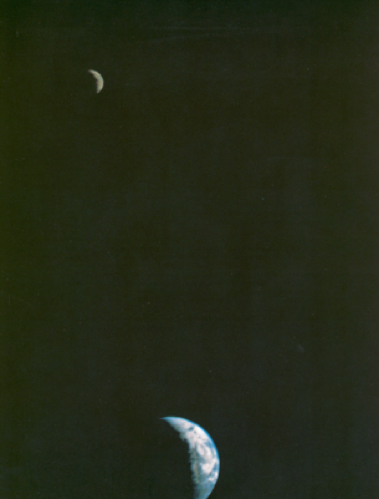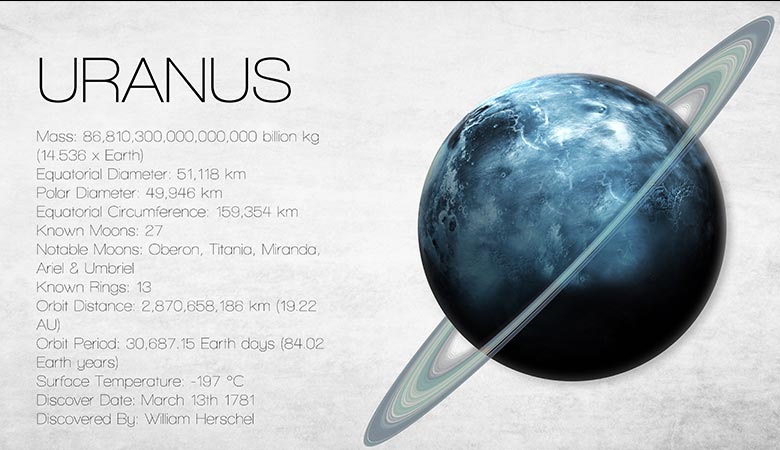How Many Pounds Does The Earth Weigh - That’s an astronomical number that is too big to even wrap your head around!
How Many Pounds Does The Earth Weigh - That's an astronomical number that is too big to even wrap your head around!. See full list on worldatlas.com Since earth is too big to be placed on a scale, scientists use mathematics and the laws of gravity to figure out earth's weight. This weight fluctuates depending on gases and dust escaping the atmosphere, as well as other activities in the solar system activities, such as meteors and comets hitting earth. Since the radius of earth is known, it becomes easier to determine its weight. That's about 13, 000,000,000,000,000,000,000,000 pounds
Therefore, scientists use mathematics and the law of gravity to estimate the weight of earth. How much does the earth weigh in tonnes? See full list on worldatlas.com But have you not seen the pictures of earth? The earth doesn't weigh anything, because the concept of weight only applies to a body which is resisting a gravitational field.
That's an astronomical number that is too big to even wrap your head around!
The actual size may be just slightly over this. The law of universal gravitational force is used to calculate the mass of earth, whereas its radius is used to calculate the distance. Efforts to determine the weight of planet earth began as early as the 18th century. A dumbbell larger in size was kept near the first dumbbell. In order to calculate the weight of earth or any other planet, the gravitational effect has to be considered. That's an astronomical number that is too big to even wrap your head around! Henry cavendish was the first scientist to attempt to determine the weight of earth in 1798. He attempted to minimize any possible distracters, such as air movements. Nov 12, 2010 · between its size, composition and the distribution of its matter, the earth has a mass of 5.9736×10 24 kg (5.9 trillion trillion kilograms) or 1.31668×10 25 lbs (13 billion trillion tons). But have you not seen the pictures of earth? Scientists say that earth weighs around 6 x 10 24 kilograms, or 1.3 x 10 25 pounds. The earth does have weight in relation to other celestial bosies such as the moon and the sun. Earth is the densest planet in the solar system and weighs roughly 5.972 × 10^24 kg.
Earth is the densest planet in the solar system and weighs roughly 5.972 × 10^24 kg. It is not possible to measure the weight of earth on a scale, as you would measure the weight of smaller objects. The law of universal gravitational force is used to calculate the mass of earth, whereas its radius is used to calculate the distance. Since the density of the spheres was known, the ratio of the two forces could be used determine earths density, which is equal to its volume divided by its mass. A dumbbell larger in size was kept near the first dumbbell.

Jun 30, 2009 · the radius of the earth is 6,400,000 meters (6,999,125 yards).
How does the mass of earth be calculated? The second dumbbell was twice as large as the first, and they were placed near each other so that the larger bell would attract the smaller one. The law of universal gravitational force is used to calculate the mass of earth, whereas its radius is used to calculate the distance. See full list on worldatlas.com The results of cavendish's study were accurate compared to the results of other recent findings. That's about 13, 000,000,000,000,000,000,000,000 pounds In order to calculate the weight of earth or any other planet, the gravitational effect has to be considered. How much mass does the earth have? How much do pounds from earth weigh on the moon? Since the density of the spheres was known, the ratio of the two forces could be used determine earths density, which is equal to its volume divided by its mass. He attempted to minimize any possible distracters, such as air movements. See full list on worldatlas.com Jan 09, 2005 · weight follows from newton's force (f) equation:
But have you not seen the pictures of earth? That's about 13, 000,000,000,000,000,000,000,000 pounds Cavendish continued observing the oscillations until he was satisfied that the oscillations could be used to determine the gravitational force of the big and small spheres. If you plug all of these values in and solve for m1, you find that the mass of the earth is 6,000,000,000, 000,000,000,000,000 kilograms (6 x 10 24 kilograms, or 1.3 x 10 25 pounds). See full list on worldatlas.com

While it is impossible to get an exact weight, the earth weighs approximately 15,400,000,000,000,000,000,000,000 pounds.
The law of universal gravitational force is used to calculate the mass of earth, whereas its radius is used to calculate the distance. F=ma where force is weight, mass is the amount of matter and a is the attractive force due to gravity. A wire was tied around the center of the rod to ensure the rod was suspended and free for movement. How much mass does the earth have? Therefore, scientists use mathematics and the law of gravity to estimate the weight of earth. Efforts to determine the weight of planet earth began as early as the 18th century. Nov 12, 2010 · between its size, composition and the distribution of its matter, the earth has a mass of 5.9736×10 24 kg (5.9 trillion trillion kilograms) or 1.31668×10 25 lbs (13 billion trillion tons). While it is impossible to get an exact weight, the earth weighs approximately 15,400,000,000,000,000,000,000,000 pounds. See full list on worldatlas.com How does the mass of earth be calculated? The second dumbbell was twice as large as the first, and they were placed near each other so that the larger bell would attract the smaller one. See full list on worldatlas.com Cavendish continued observing the oscillations until he was satisfied that the oscillations could be used to determine the gravitational force of the big and small spheres.
Henry cavendish was the first scientist to attempt to determine the weight of earth in 1798 how many pounds does. If you plug all of these values in and solve for m1, you find that the mass of the earth is 6,000,000,000, 000,000,000,000,000 kilograms (6 x 10 24 kilograms, or 1.3 x 10 25 pounds).